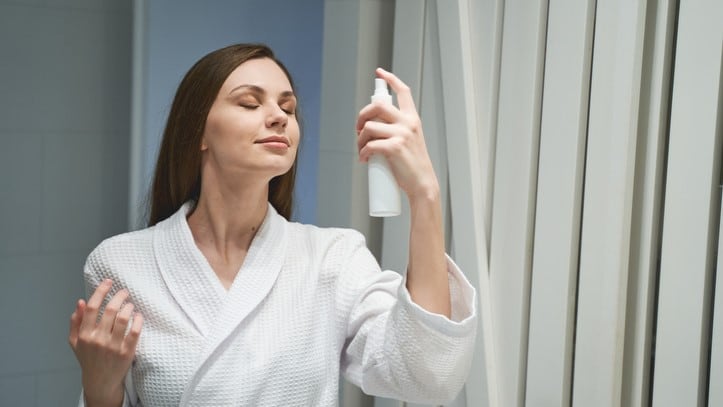According to China’s National Bureau of Statistics (NBS), the cosmetics retail sector fell by 14% from January to February this year. By April, the sector rallied and so a growth of 3.5%.
The latest data for May has shown strong recovery with double-digit growth of 12.9%.
Speaking during in-cosmetics Korea’s webinar programme, Mintel senior beauty and personal care analyst, Laurie Du explained that this recovery was spurred by the e-commerce channel coupled with aggressive promotional deals in the market.
Notably, the travel retail industry leveraged on this strategy to stay afloat during this tough period,
“Travel retail was impacted heavily from the COVID-19 outbreak. We saw that in Sanya, a popular tourist destination, travel retailers took a lot of measures, including coupons to stimulate purchase among consumers,” said Du.
Additionally, South Korean duty-free retailer partnered with cross-border e-commerce platform Koala to drive sales.
“Using live streaming, they offered consumers a look around the shop and let them make the order on Kaola while enjoying the duty-free price. According to Kaola, in the coming months it wants to cooperate with more duty-free shops around the world to help consumers cloud shop around the world,” said Du.
New retail experiences
Du noted that leveraging on promotions will not be sustainable in the long run.
“Currently, recovery in beauty retailing is closely related to the driving force of promotion but this is not a very health strategy,” said Du.
In order to sustain this recovery, it has become imperative for businesses to engage beauty consumers through service and experience improvements.
For instance, Hangzhou-based skin care brand JPlab recently unveiled its official concept store in June.
The brand, which was founded by Key Opinion Leader (KOL) Jun Ping, who has almost 10 million followers on social media.
“According to the brand, they want to highlight their attitudes through this concept store, which are sincerity, transparency and communication,” said Du.
As such, the store includes a botanical-themed café, an area showcasing their ingredients and a showroom of the popular products in the Chinese market.
“In the future, the brand said there will be more diversified activities to engage consumers and let them be a part of new product development,” said Du.
Technology drive
After spending weeks in lockdown and having their daily routines impacted, we can expect consumers to change their lifestyle and behaviours.
“In China, we have seen the rise of the 'homebody' lifestyle gaining popularity. A higher percentage of people are cooking at home, exercising at home and shopping online as a way to de-stress,” said Du.
As such, brands must find innovative ways to connect with these home-bound consumers.
“Under the new normal, technology will have a bigger role in the connection between brands and consumers. It can help boost the consumer experience and engagement with brands,” said Du.
This year, the industry has seen more brands leveraging on technology to connect with the consumer.
Olay, for instance, launched a personalised beauty range powered by Artificial Intelligence (AI) tools to help consumers build their beauty routine.
The range consists of four cleansers, five facial creams, three toners, five serums and four eye creams, allowing for 1,024 different combinations.
AI technology can benefit colour cosmetics, which have taken a dip during the pandemic.
According to Mintel, over a million consumers in China utilised a virtual reality (VR) tool to purchase make-up in the first week of March alone.
L’Oréal-owned Maybelline launched an AI-powered tool to help consumers find their foundation shades as part of its Super Stay Foundation campaign.
Additionally, Tmall introduced a new version of the Tmall Genie Queen Mirror, which can integrate with other beauty devices like the Phillips Lumea and offer make-up tutorials by Mao Ge Ping, the top make-up artist in China.





